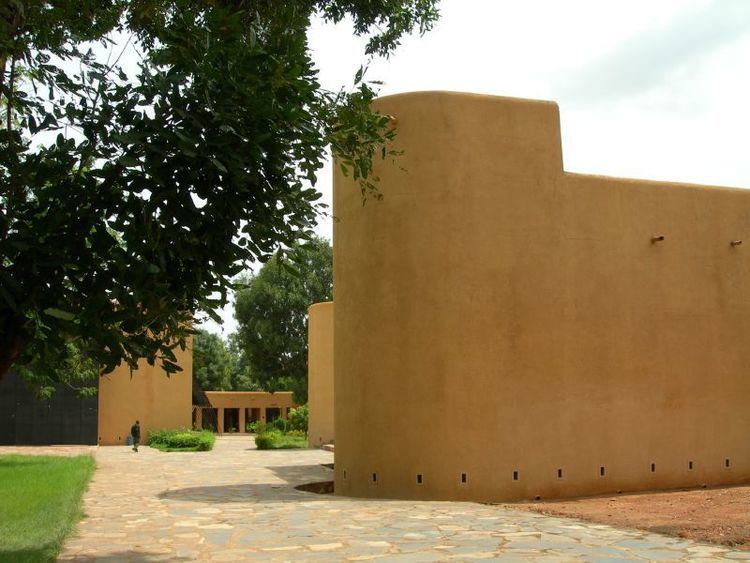Phone +223 20 22 34 86 Function Museum | Director Samuel Sidibé Architect Jean-Loup Pivin | |
 | ||
Established 14 February 1953; 64 years ago (14 February 1953) Type Malian culture and history Hours Closed now Tuesday5–8:45PMWednesday5–8:45PMThursdayClosedFriday5–8:45PMSaturdayClosedSundayClosedMonday5–8:45PMSuggest an edit Similar Grand Mosque of Bamako, BCEAO Tower, Stade du 26 Mars, Mali National Park, Stade Modibo Kéïta | ||
The National Museum of Malí (French: Musée national du Mali) is an archaeological and anthropological museum located in Bamako, the capital of Mali. It presents permanent and temporary exhibits on the history of Mali, as well as the musical instruments, dress, and ritual objects associated with Mali's various ethnic groups.
Contents
Concrete models of several important cultural landmarks, such as the mosques of Djenné and Timbuktu are displayed outside on the grounds of the museum.
History
The National Museum began under French colonial rule as the Sudanese Museum, part of the Institut Français d’Afrique Noire (IFAN) under Théodore Monod. It was opened on February 14, 1953, under the direction of Ukrainian archaeologist Y. Shumowskyi. Archaeologist Y. Shumovskyi had worked in the museum for nine years, gathering a significant portion (nearly 3000) of the holdings.
With the independence of the Republic of Mali in 1960, the Sudanese Museum became the National Museum of Mali, with the new objectives of promoting national unity and celebrating Malian traditional culture. However, lack of financial means and absence of qualified personnel caused some deterioration in the museum's collections.
New location and funding
On March 30, 1956, the National Museum moved into a new cemented structure, created by architect Jean-Loup Pivin from traditional Malian designs. Since the 1996 election of former archaeologist Alpha Oumar Konaré to Mali's presidency, the museum's funding has increased considerably, leaving it among the best in West Africa. [1]
The museum often hosts part of African Photography Encounters, a biannual photography activity.
Collaboration with the Aga Khan Trust for Culture
In June 2006, Samuel Sidibé, the director of the National Museum of Mali, signed an agreement of collaboration with the Aga Khan Trust for Culture (AKTC). The agreement provided the Museum with a new information technology system, and an improvement the conservation facilities of its collections. It built on a Memorandum of Cooperation between the Ministry of Culture of Mali and the Trust, relating to the conservation of earth architecture.
The agreement sets out a plan for the AKTC's Museums Project unit to support and work with the National Museum of Mali. A digital database of the Museum's collections and digital archive of images and sounds will be created, with technical equipment, software and training to be provided by the Trust. In addition, the reserve collections of archaeology and textiles will be reorganized, with support to be provided for the construction of a new building for conservation and restoration work. Containers specially designed for classifying, storing and conserving archaeological artefacts will be installed in the Museum’s storage areas, while the textiles storage area will also receive new equipment which meets international standards for conserving precious materials. The work is to be carried out through a joint collaboration between the Museum and the AKTC.
